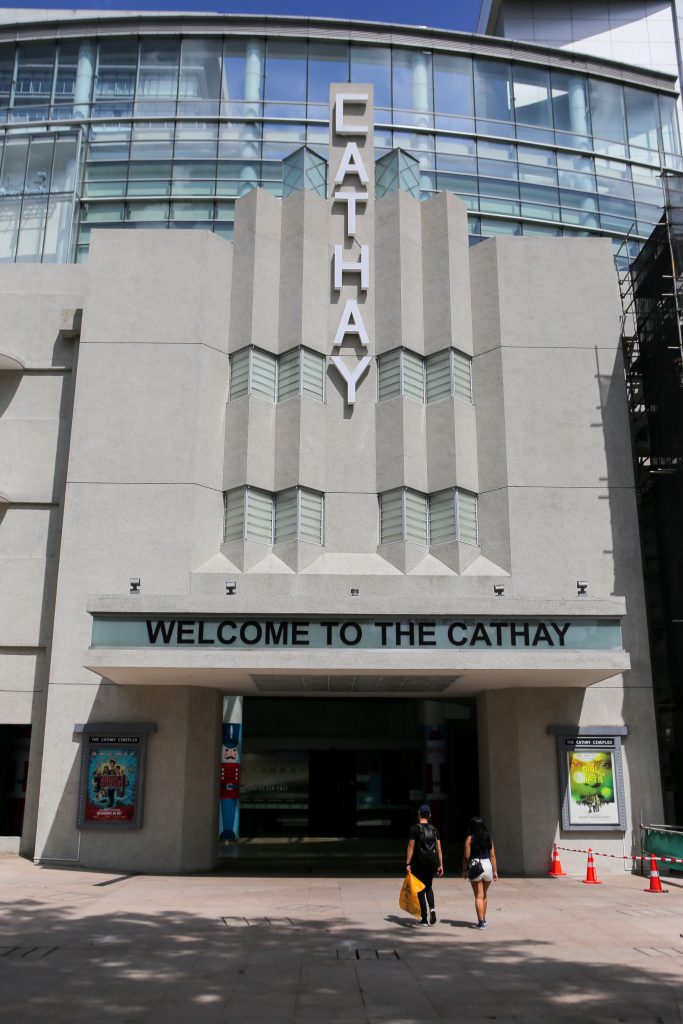Films as Social History – P. Ramlee’s “Seniman Bujang Lapok” and Malays in Singapore (1950s-1960s)
April 1, 2018

How do P. Ramlee’s films reflect Malay society during the 1950s and ‘60s?
The late P. Ramlee was born on 22 March 1929. An accomplished actor, director, and musician, he is regarded as a legend in Malay cinema. Raised in Penang, P. Ramlee first arrived in Singapore in 1949 upon invitation to join Shaw Studios where he began his illustrious career.
Seniman Bujang Lapok is a well-known comedy film directed by P. Ramlee in 1961. In ‘Films as Social History – P. Ramlee’s “Seniman Bujang Lapok” and Malays in Singapore (1950s-1960s)’, published in The Heritage Journal in 2005, A/P Syed Muhd Khairudin Aljunied (Department of Malay Studies) explains the film’s sociocultural importance. The story revolves around three bachelors and their quest to become movie stars. Along the way, the trio encounter setbacks in their daily lives, such as living with noisy neighbours and the trials of pursuing their love interests. A/P Khairudin argues that Seniman Bujang Lapok is more than just a fictional comedy and is a veritable tapestry of Malay social history. P. Ramlee used Seniman Bujang Lapok as a cultural medium to portray the real-life challenges Malay society faced during the 1950s and ‘60s. These include the disruptive impact of the Japanese Occupation on post-war educational standards of Malays, the perennial tension between maintaining traditional culture while embracing modernity, how Islam is often misunderstood; and the poverty experienced by the Malay community at that time.
A/P Khairudin notes that P. Ramlee’s ideals motivated his portrayal of these themes in Seniman Bujang Lapok. After all, P. Ramlee was influenced by the ASAS 50 intellectual movement of the 1950s and ‘60s which sought to promote modernity among Malays by freeing them from the shackles of colonialism and social backwardness.
Read the article here.
